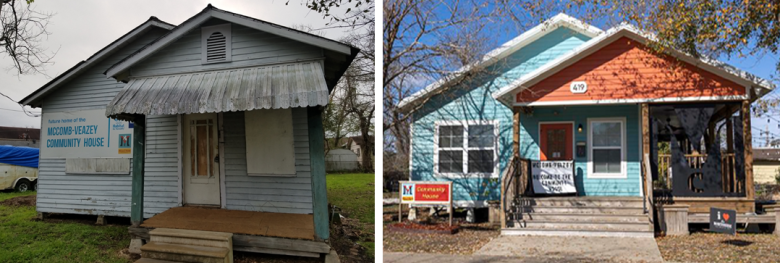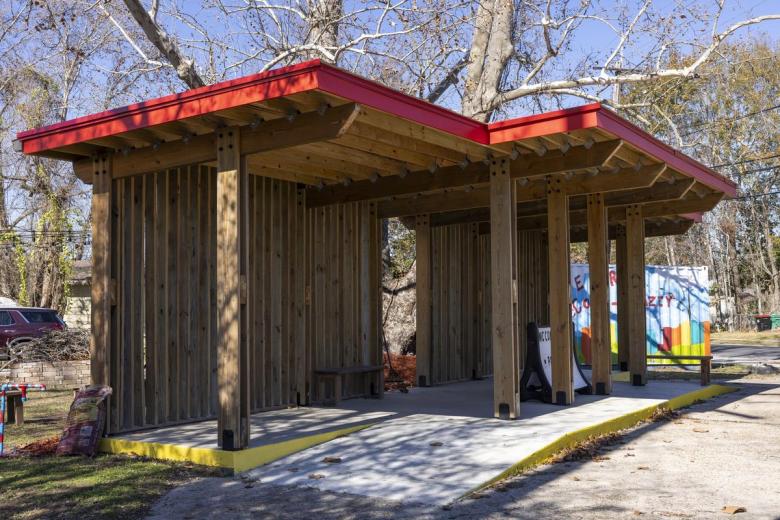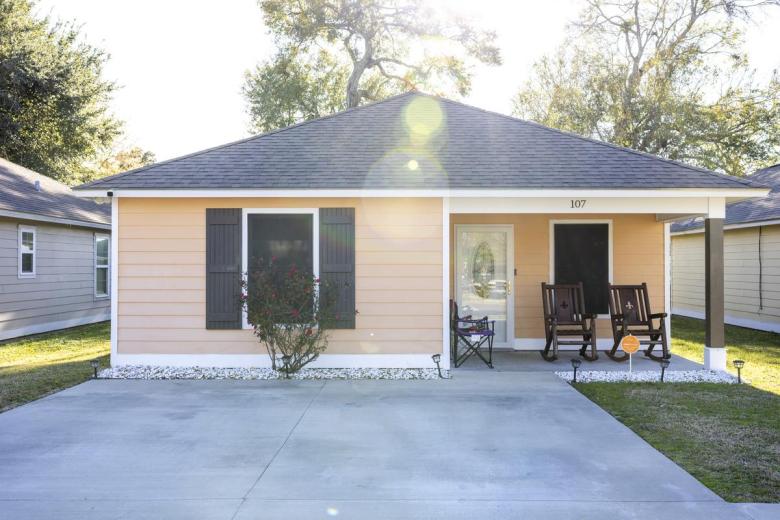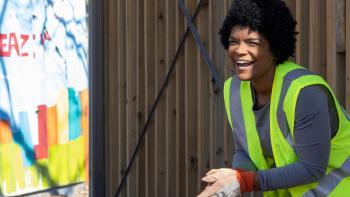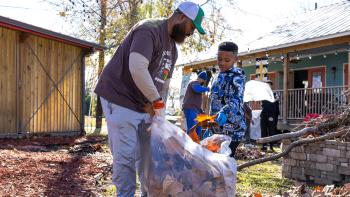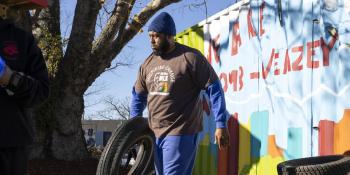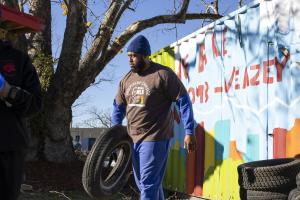“The neighborhood has changed a lot,” says Trincella Bonnet, a resident. “There’s more pride for the community. I’m very excited about the future of McComb-Veazey.”
Partnering with residents
For decades, Lafayette Habitat has partnered with families to build affordable places to call home. In 2011, the affiliate began partnering closely with the McComb-Veazey Neighborhood Coterie, a resident-led planning body that formed in 2006 to create neighborhood revitalization plans.
“Residents in the coterie had been encouraged to dream big,” says Melinda Taylor, Lafayette Habitat’s executive director. “But some of them had become discouraged because there weren’t resources to implement the neighborhood plan. We were able to come in as a partner, listen to their needs and ask, ‘How can we be a part of getting you to where you want to be?’”
